Many people don’t know that before Thomas Hardy became famous for his novels and poems, he had an earlier career as an architect. The son of a stonemason, Hardy left his native Dorset to train in London. There he worked with some of the great Victorian architects of the day such as Arthur Blomfield, the President of the Architectural Association. Though considered to be an accomplished draghtsman, his career as an architect was not a great success. The building we know to be wholly designed by Hardy – his home Max Gate near Dorchester – has been met with mixed responses. “We come expecting the palace of the maker of a fabulous kingdom”, wrote the novelist John Fowles, “and we are faced with a brick mediocrity.”
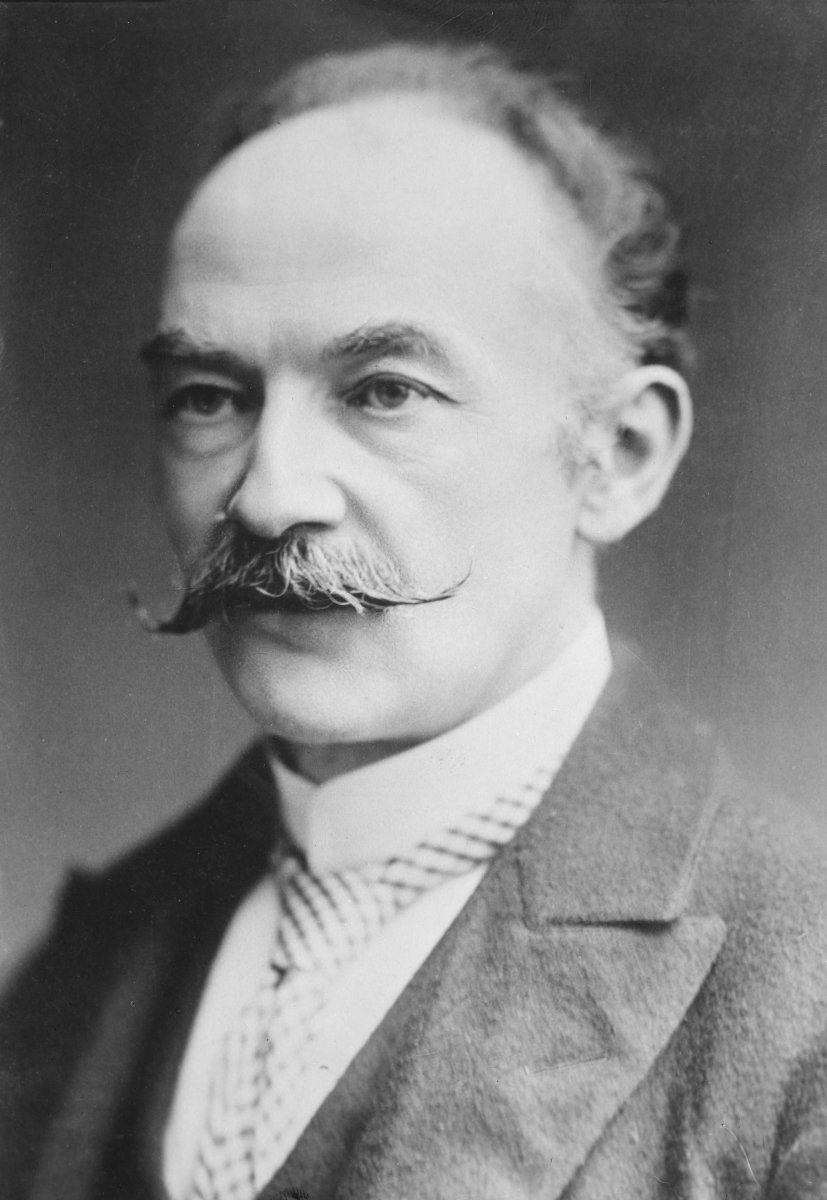
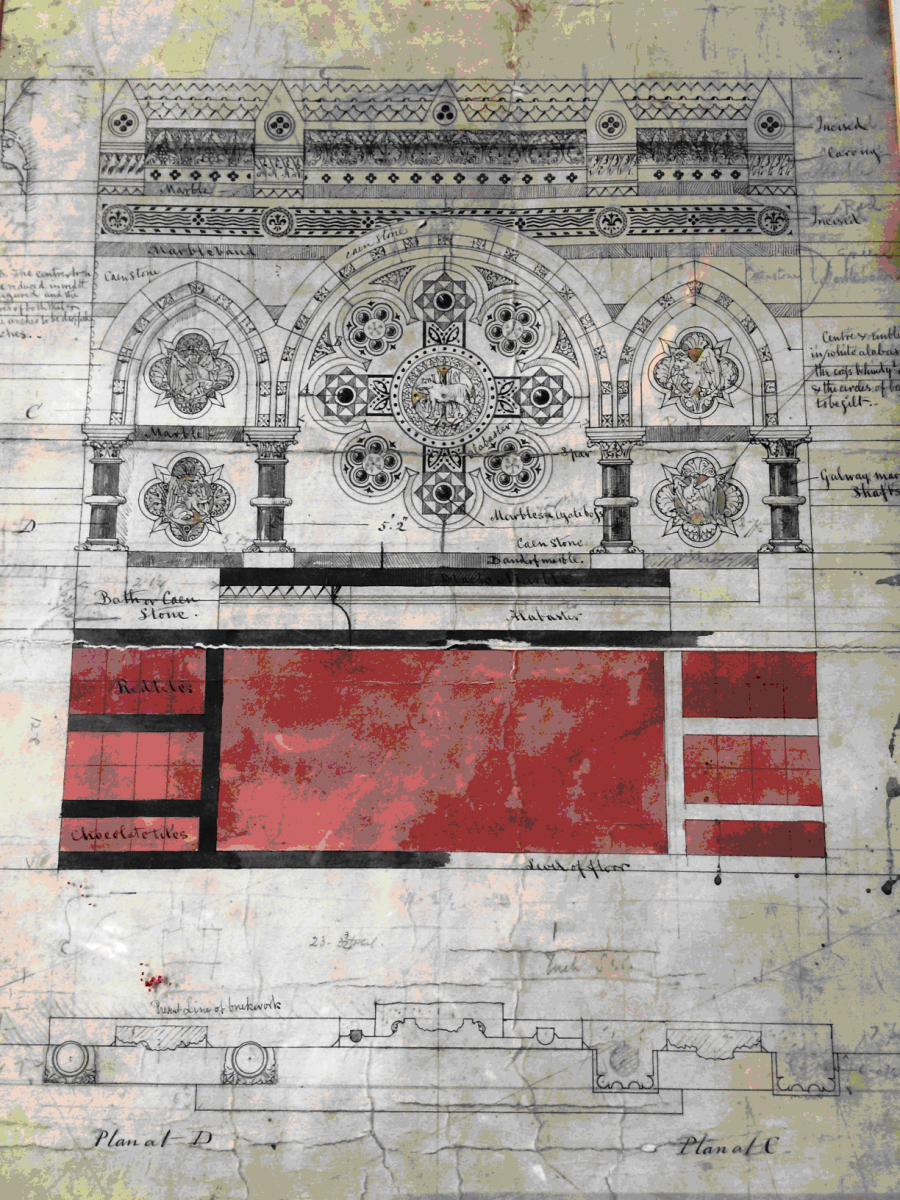
Many of his novels show a profound understanding of traditional buildings and the threats they faced. Hardy’s Wessex is full of architectural details and observations and characters, perhaps most clearly in Jude the Obscure and A Pair of Blue Eyes. Hardy became very critical of the practice of restoring historic buildings to a more fashionable Gothic style throughout the 19th century, the concern from which the SPAB was founded in 1877. In a letter to A.R. Powys, the SPAB secretary, Hardy echoed both Ruskin’s and Morris’s views on restoration, describing it as “the obliteration of the successive modifications in the features of a building that give continuity to its history”. He was a committed SPAB member, and for many years carried out casework in the West Country on our behalf, visiting and reporting on buildings of interest.
We have many letters from Hardy in our archive. One of the cases concerned alterations to the Church of St Mary, Puddletown. Hardy's cousin Tryphena Sparks lived in Puddletown, which he acknowledged was the inspiration for the village of Weatherbury, the setting for his novel Far From the Madding Crowd. He wrote to us from Max Gate in October 1910: "Dear Sir, have you seen what has happened to Puddletown Church?". He also immediately follows this with another note: "in passing Puddletown Church about 10 days ago I saw that the Chancel had pulled down, also the east wall of the North Aisle; the adjoining arch, being endangered by these demolitions, was propped up. Gravestones had been removed from the Churchyard, and an extensive clearing made, and foundations dug; + window tracery lay scattered about the churchyard." The restoration and enlargement of the original chancel was designed by Gothic Revivalist Charles Ponting.
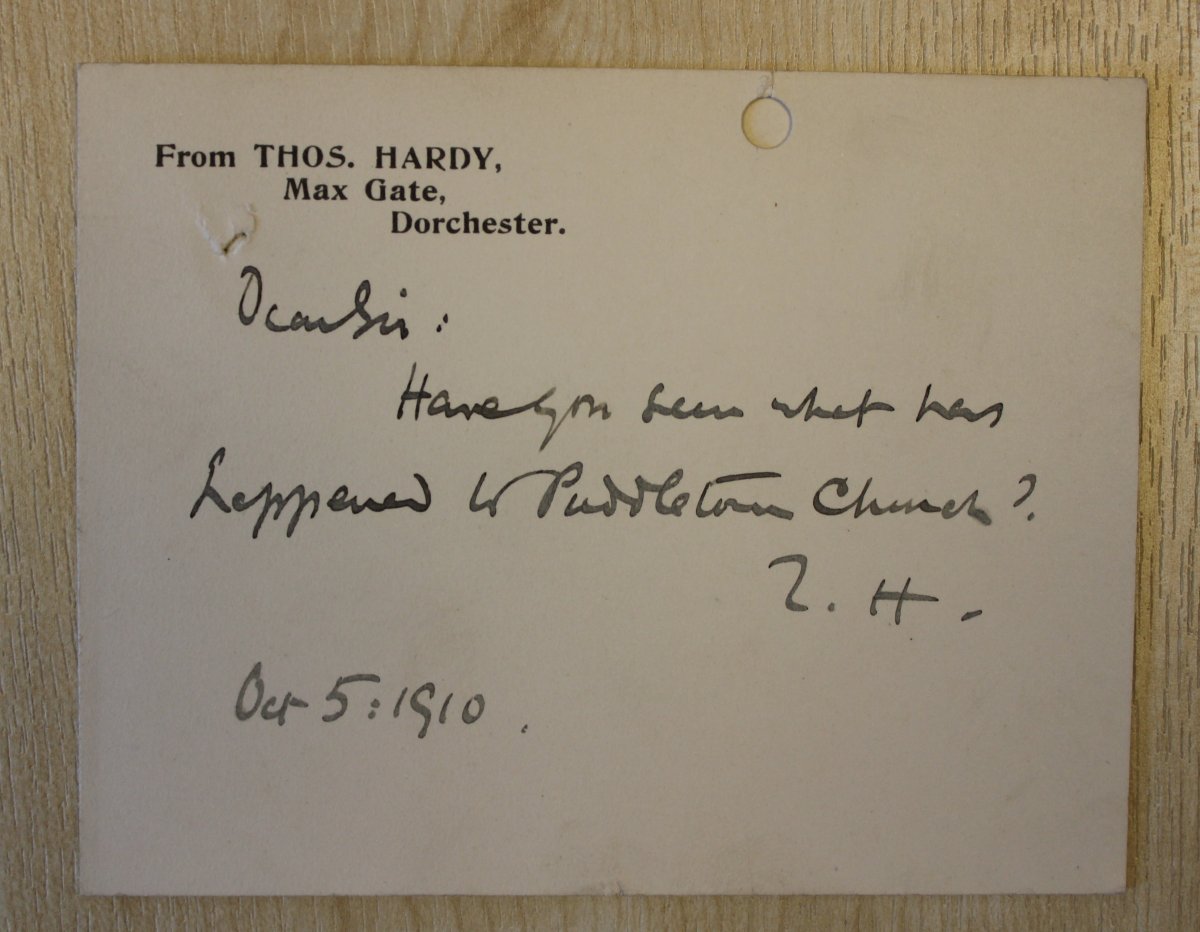
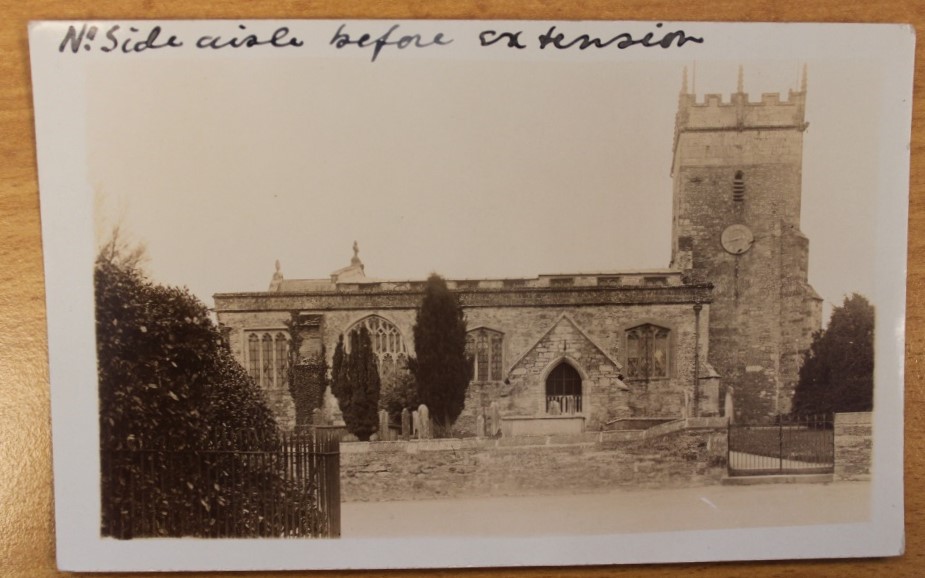
After his death in 1928, the SPAB sold a manuscript of a report written by Hardy for the SPAB's AGM in 1906, along with the printer's proofs corrected by Hardy, for £1000 (about £65,000 in today's money). We also sold a typewritten letter signed by Hardy for the modest sum of £4 to a Mr Carroll A. Wilson, a trustee of Guggenheim Foundation in New York. The proceeds form the basis for our Thomas Hardy Memorial Fund, which offers grants to repair historic buildings in Dorset. This medieval chapel at Stourton Caundle (pictured below), was rescued from collapse with the assistance of the Fund and a regional SPAB working party in 2019.
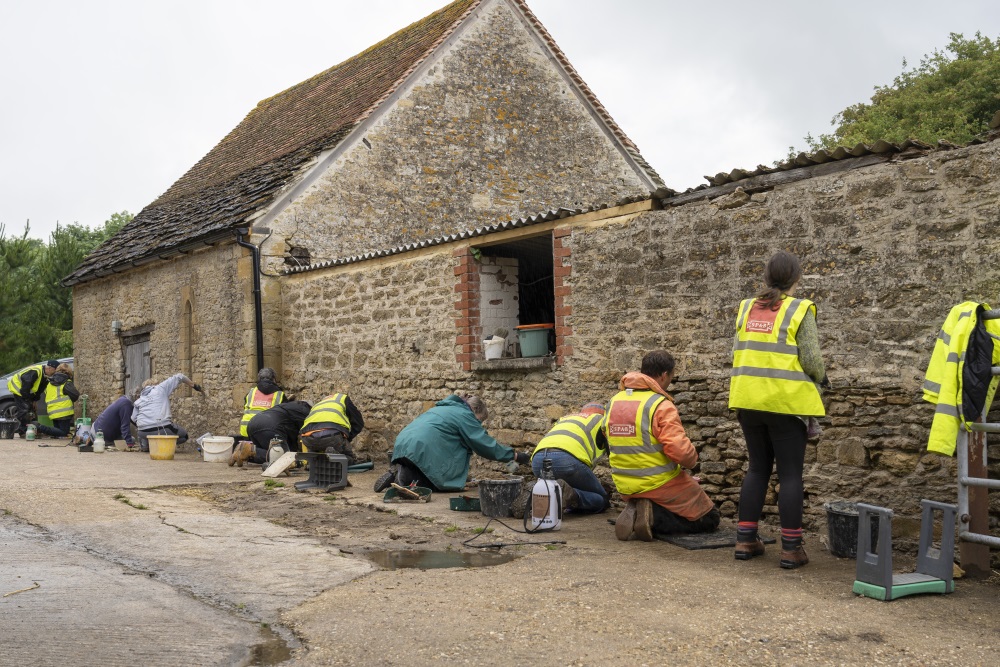
His ashes, with a handful of Wessex earth, are buried in Poets’ Corner in Westminster Abbey. But his heart is buried with his family in the churchyard of St Michael’s Church, Stinsford, Dorset.
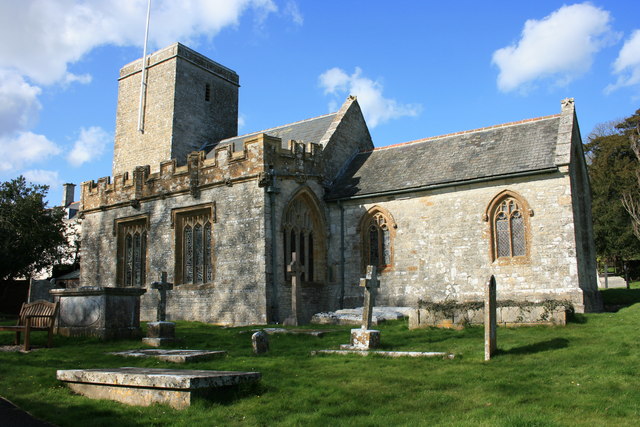
The original memorial stone in Poets’ Corner was replaced by the Hardy Society in 2019, as it apparently had become worn and difficult to read. We were recently notified by St Michael’s Stinsford of plans to install the original memorial stone from the Abbey in the south aisle of their church, in front of Hardy’s memorial window. We look forward to seeing the work completed.
The SPAB archive is one of the oldest collections of material wholly dedicated to buildings conservation. Please help us to keep access to the archive free for everyone and make a donation to support the archive.
Further reading
The cottage where Hardy was born and Max Gate are owned by the National Trust.
Find out more about the SPAB’s Hardy Fund.
Read more about Hardy and the SPAB on the Victorianist.
Images
Portrait of Thomas Hardy. Credit: Bain News Service, via wikicommons
Hardy's drawing for a reredos design at of All Saints' Church, New Windsor (a Blomfield church). Incredibly the drawing was discovered behind the organ. Conservation work to the rerodos was shortlisted for our John Betjeman Award in 2013.
St Michael's Church, Stinsford. Credit: Adrian Platt, via geograph.org.uk
